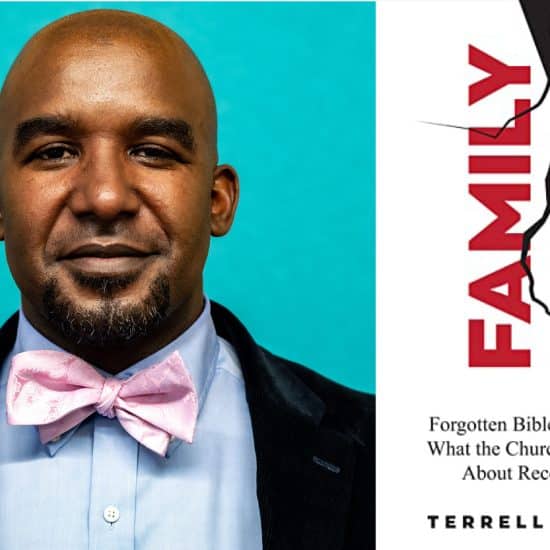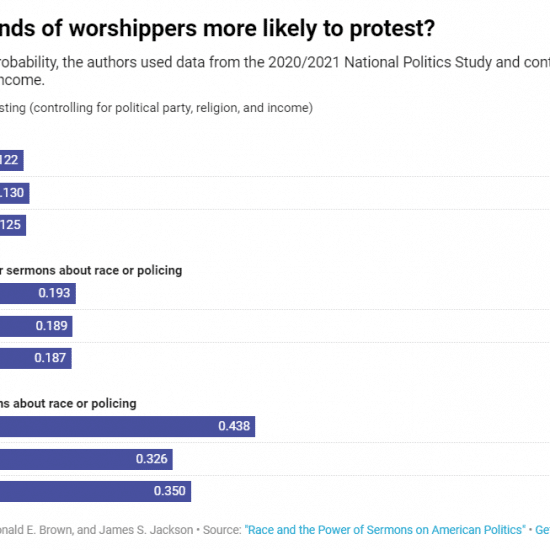CALGARY, Alberta (RNS) — As a preacher, I felt a bit awkward walking into Calgary’s Victoria Park CrossFit gym that morning. Not because of my profession but because of my paunch.
From a spiritual perspective I was feeling quite fit.
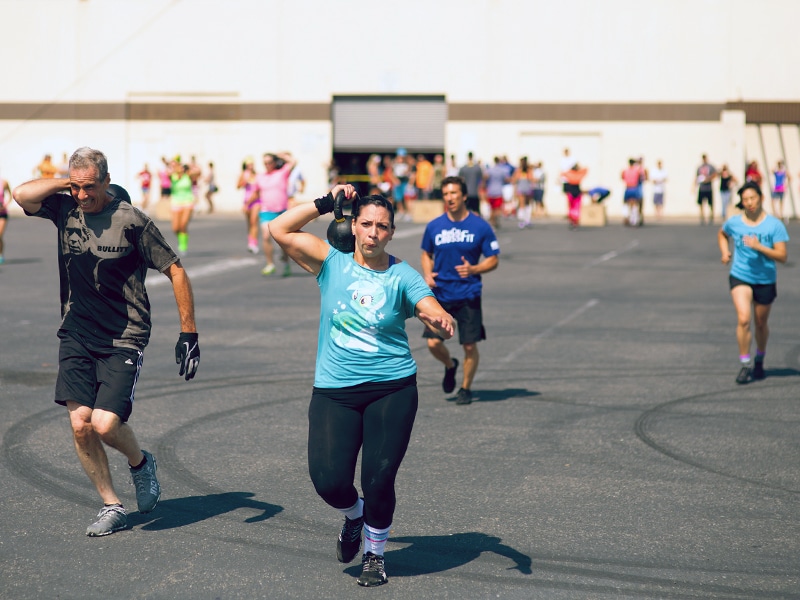 A CrossFit event in Northern California in 2013. Photo courtesy of Ali Samieivafa/Creative CommonsMonths earlier a CrossFit athlete from our church asked if I’d be willing to preach a sermon on this new fitness craze he’d discovered.
A CrossFit event in Northern California in 2013. Photo courtesy of Ali Samieivafa/Creative CommonsMonths earlier a CrossFit athlete from our church asked if I’d be willing to preach a sermon on this new fitness craze he’d discovered.
I thought — why not? If all truth is God’s truth (which I believe deeply) then surely all CrossFit truth is God’s CrossFit truth as well.
At the time, I didn’t know about all of the controversies; how founder Greg Glassman so litigiously protects his brand, how their high intensity program has been known to push some participants into rhabdomyolysis (where muscle cells explode leading to kidney failure), and how — like in many gyms — the whole testosterone-fueled macho-thing can sometimes get a bit out of hand.
While The New York Times has interpreted CrossFit’s desire to prepare its athletes for the “unknowable” as some kind of warped preparation for Armageddon, I see its goal more charitably. Life is filled with unknowns. Any activity that helps prepare us for those unknowns, either physically or psychologically, can be good. Even the risk and extreme physical exertion that CrossFit is so often castigated for can be good. How else do you become a more capable person apart from pushing yourself; even if it hurts? And who of us hasn’t grown through past painful experiences?
Perhaps this is why CrossFit has attracted so many souls; people inherently know that in order to find more life you’ve got to give something up.
Is that what all of these athletes are trying to do? I was about to find out.
Stepping into the gym, I sat down with a group waiting for the 11 a.m. class and started to ask them what they loved about CrossFit.
They responded like people who’d just found religion, describing their workout experience as the most deeply communal, high intensity, whole-bodied fitness program they’ve ever been a part of.
When I asked them to go deeper, they started to sound like mystics. One man described it as a “supernatural feeling.” Another said it was “almost like meditation.” A woman found meaning in the experience of “communal suffering.”
The owner and lead coach unpacked the experience further and described how unknown challenges initially create nervousness and confusion, causing athletes to come out too quickly. Once they slow down, they look for efficiencies, correct sloppiness and tighten up their technique until they find equilibrium. Then they’re in the zone! The whole time they’re learning and reading their bodies and finding the perfect pace.
CrossFit is designed to elicit this kind of adaptive experience. Each day the workout changes, forcing athletes to learn, adapt and then master the challenge at hand. Challenges are often based on the kinds of activities that human beings have performed for millennia — lifting, jumping, throwing, climbing and running — generalized, practical and diverse programming that enables a fitness that fits with life.
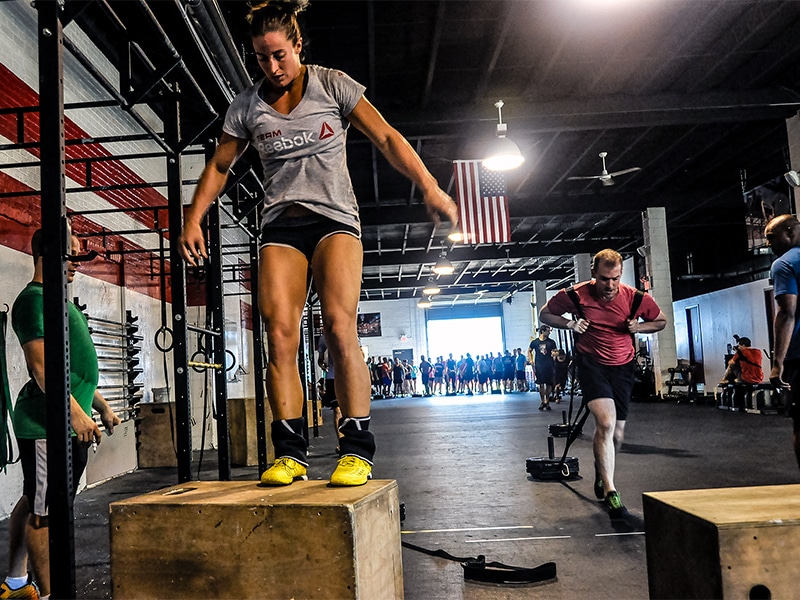 A CrossFit class in a gym in September 2014. Photo courtesy of Rose Physical Therapy Group/Creative CommonsWatching CrossFit athletes that day, I was struck by how their modus operandi was very much like mine; as a spiritual leader and pastor, only they seemed to be doing it better. Their community was strong, real and filled with encouragement and openness; I saw a 15-year-old young woman tossing a medicine ball back and forth with a 62-year-old man. At the end of the workout there was applause and high-fives all around. These people really cared for each other … often in the most trying physiological circumstances.
A CrossFit class in a gym in September 2014. Photo courtesy of Rose Physical Therapy Group/Creative CommonsWatching CrossFit athletes that day, I was struck by how their modus operandi was very much like mine; as a spiritual leader and pastor, only they seemed to be doing it better. Their community was strong, real and filled with encouragement and openness; I saw a 15-year-old young woman tossing a medicine ball back and forth with a 62-year-old man. At the end of the workout there was applause and high-fives all around. These people really cared for each other … often in the most trying physiological circumstances.
A 2015 Harvard Divinity School report entitled “How We Gather” talks about how millennials who have left the church are now finding community in alternate settings —like CrossFit.
The report makes this challenge: “As more and more of life happens in the CrossFit box (gym), a growing question will be about the potential for CrossFit to deepen its role in bringing meaning to its members’ lives. What would it look like for CrossFit to focus on heart and soul as well as body?”
Based on what I witnessed, it already does — only less explicitly than the church.
When I preached my sermon on CrossFit the following Sunday, I talked about how whenever people gather to build each other up (in whatever form) and individuals flourish, we can thank God for that.
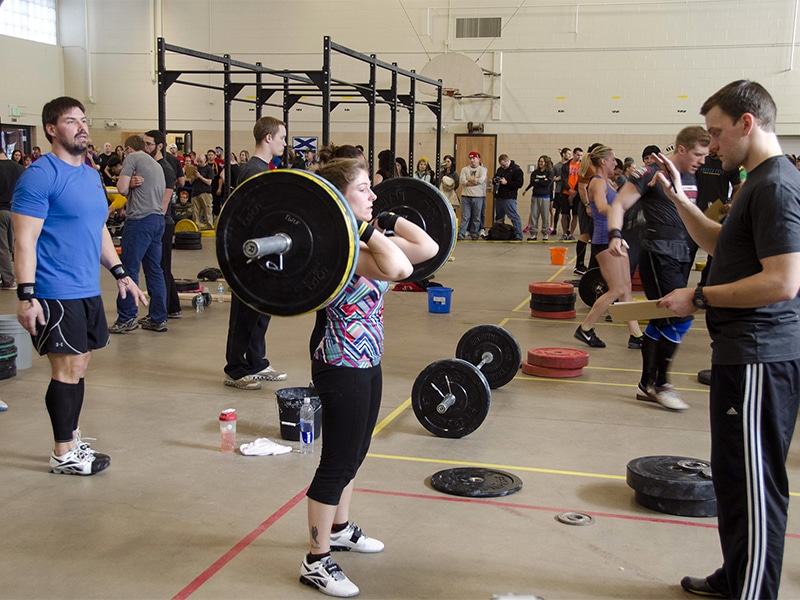 A woman awaits a judge during a CrossFit event in 2013. Photo courtesy of James Holroyd/Creative CommonsWherever there is a place that spots you, and pushes you to the edge of yourself, and creates room for you to become more; then surely an ever-supportive God is present and worshipped.
A woman awaits a judge during a CrossFit event in 2013. Photo courtesy of James Holroyd/Creative CommonsWherever there is a place that spots you, and pushes you to the edge of yourself, and creates room for you to become more; then surely an ever-supportive God is present and worshipped.
Wherever the miraculous nature of the human body is celebrated and rightly stewarded — all those leg muscles working in concert, tendons, bones and menisci in the knee supporting huge lifting, lunging loads — God is honored.
Whenever we engage in anything that makes us more fit for life (arguably the ultimate goal of most world faiths) we’re in sync with what God wants for humanity.
While CrossFit isn’t the church, a lot of what God made the church for is present there. As I spoke to a few of the athletes about some of those spiritual connections, some seemed genuinely intrigued. As I named the sacred in something they deeply valued, I felt as though I was honoring them … seeing them with God’s eyes.
And that CrossFit gym, for just a moment, felt holy.
(John Van Sloten is a writer who lives in Calgary. He is an ordained minister in the Christian Reformed Church in North America who served as a pastor for two decades.)


